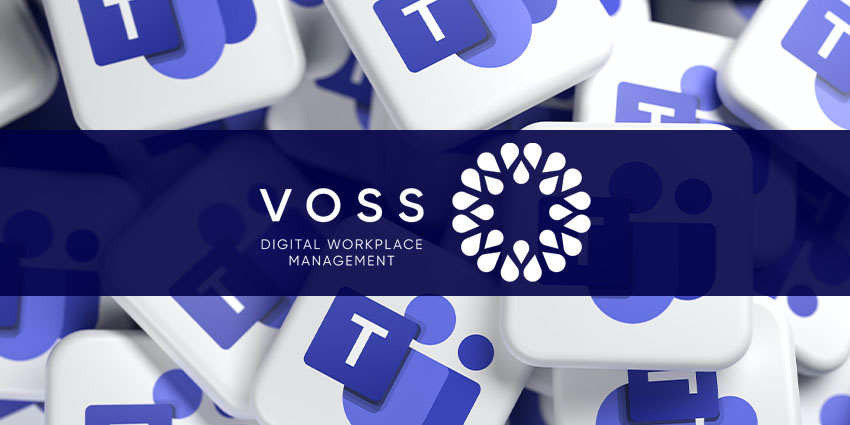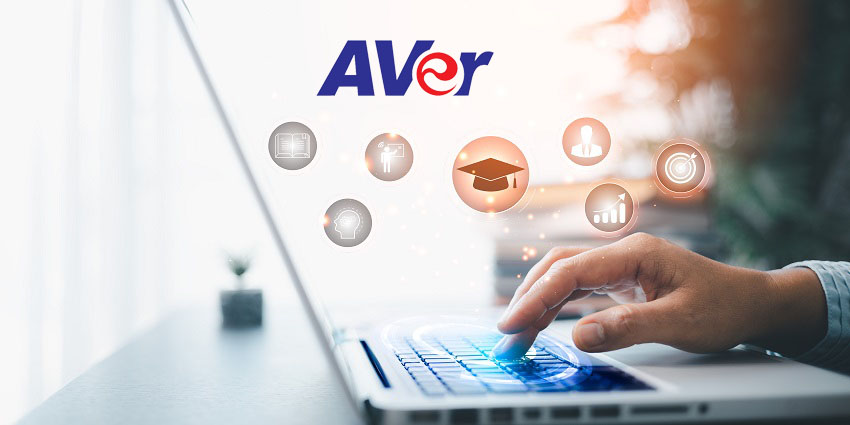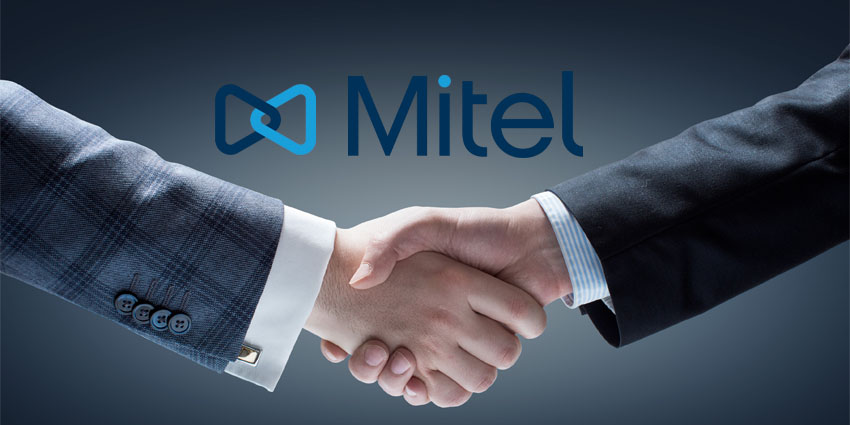Desk phone, softphone, home phone, mobile, Microsoft Teams – the world has never been so agile in the way it communicates.
No matter which one we choose, the post-pandemic work-from-anywhere model has proven that organisations and their workforces can be as productive as they ever were.
But what if we didn’t have to choose at all?
What if our communication channels were almost as one – converged and unified to such an extent that we barely notice any separation?
Well, Microsoft Teams – as has so often been the case over the past two and a half years – hasn’t waited for anyone else to provide the answer.
Launched last month, Operator Connect Mobile is the latest iteration of the colossus platform’s voice offering: allowing a single, SIM-enabled number to work simultaneously across mobile, desktop AND Teams.
No more need to have to choose your device or your dialer. No more need to have to choose between being hard-wired, network connected, online or tethered.
Just seamless, homogenised, across-the-piece communicating however you want to and wherever you are; and the world’s smarter enterprises are already lapping it up.
The natural next step for Microsoft-enabled organisations?
The smart thinkers think so.
“Hyper-agility is the new buzz phrase which will influence the way the world communicates going forward,” says Tim Jalland, Solution Manager at global digital workplace management software provider VOSS, whose insight is helping shape that future.
“For Microsoft Teams users, for example, things just got even simpler. It is the entire Microsoft Teams experience – voice, video, collaboration – extended seamlessly onto any mobile phone. It’s revolutionary and it’s set to change the game yet again.”
To date, mobile users have had to download apps in order to access new communication software innovations such as WhatsApp or Zoom.
Callers choose their preferred communication channel and those being called must open the relevant app in order to answer and engage.
Microsoft’s Operator Connect Mobile integrates users’ mobile numbers into its infrastructure; effectively turning all mobile calls into Teams calls – with all of the additional, associated Teams functionality as standard.
Caller identity preferences can be easily set to conceal personal mobile numbers and display work-only profiles; voice calls can be turned into video calls with a single click; and calls answered on a mobile can be uplifted to the Teams desktop interface just as easily.
In addition, participants can be added to a call direct from users’ directories; screens can be shared; and users’ Teams clients show them as busy for as long as they are on a call.
“All of the clever integration takes place in the back end between Microsoft and the mobile operators,” says Jalland.
“That means the user experience is of a very high quality because it all just works. The user’s mobile phone rings at the same time as their Teams desktop client is activated. They answer using either device, they are able to swap between devices at will if they wish, and they can leverage any of the standard Teams functionality quickly and easily at any point during the call.
“It’s all included in the Microsoft voice licence and there’s no app or new software to download onto users’ mobiles.
“It’s that hyper-agile, ‘work-from-anywhere’ concept taken to another level.
“You only have to look at the stats post pandemic: people think more about how they are working rather than where they are working.
“That has a significant bearing on workforce retention and recruitment too. The ability for organisations to provide their workforces with that level of agility will influence levels of motivation, engagement and, ultimately, productivity”
But hyper-agility is not just about how we communicate.
To further leverage the concept’s multiple benefits, organisations must support remote workforces in the deployment of what Jalland calls ‘dynamic adaptive services’ – easily-downloadable, integrated, cloud-based tools which enhance workflows.
“It’s about empowering remote workforces to be constantly more productive by, for example, providing tools for tasking or data analytics and the like,” he says.
“To deliver those kinds of things quickly and easily and with the right levels of automation and standardisation, IT organisations need a mechanism or a platform that is reliable and supportable.”
Self-service, too, can make a huge contribution.
“People craving hyper-agility want to be able to self-serve; it’s a concept they have totally bought into,” says Jalland.
“They may have heard of a new scheduling application, for example, and seen colleagues use it, so they want it too. But they don’t want to log a ticket and for it to then be a four day turn around. That doesn’t fit in with the dynamic world they are working in.
“Organisations need to package up those services so they are able to easily and quickly deliver something that’s predictable and standard”
It seems that, as is so often the case, today’s increasingly-typical end user’s appetite for ‘better, faster, easier’ is driving innovation.
And that means user experience will remain increasingly key.
“These hyper-agile environments are not going to be static,” says Jalland.
“Organisations themselves must be agile too, so they can respond to these most modern of challenges. If they sit tight, they will lose out.”
To learn more about how VOSS can help your and your customers’ businesses adapt and thrive, click here.







